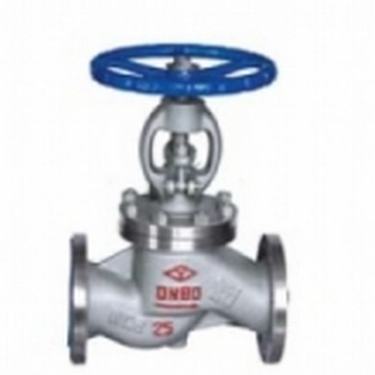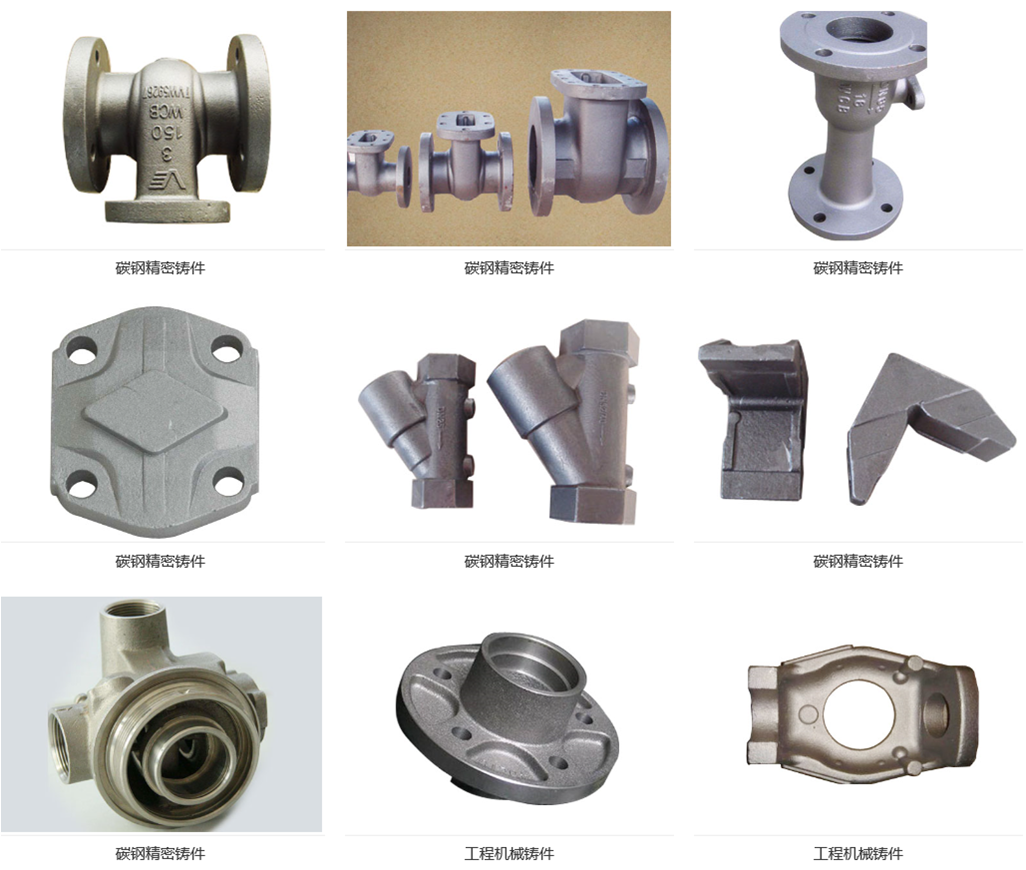
Throttle valve refers to a valve that controls or regulates the flow and pressure of a medium by changing the passage area. Throttle valve is mainly used for throttling in pipeline.
(a) Flexible throttle valve
The working principle of the flexible throttle valve relies on the valve stem to clamp the flexible rubber tube to generate the throttling effect. It is also possible to use the gas pressure instead of the valve stem compression hose. The flexible throttle valve has a simple structure, low pressure drop, and high reliability of operation. Insensitive to contamination, the working pressure range is usually 0.3-0.63 MPa.
(II) Overflow throttle valve
The overflow throttle valve is also a pressure compensation type throttle valve, which is formed by connecting an overflow valve and a throttle valve in parallel. The high-pressure oil at the inlet is partially passed through the throttle valve to the actuator, and the other part passes through the overflow port of the relief valve to the tank. The upper and lower pressure relief valves communicate with the pressure oil before and after the throttle valve. When the outlet pressure increases, the spool moves downward and closes the small overflow port. The overflow resistance increases and the inlet pressure increases, so the pressure difference before and after the throttle valve remains basically unchanged.
(III) Proportional Direction Throttle Valve
A proportional electromagnet is used instead of an ordinary electromagnet in an electromagnetic reversing valve to form a direct-acting proportional direction throttle valve. Due to the use of proportional electromagnets, the spool can not only be transposed, but also the stroke of the transposition can be continuously or proportionally changed, so that the flow area between the communicating ports can also be continuously or proportionally changed, so the proportional direction Throttle valve can not only control the direction of movement of the actuator, but also control its speed.
Carbon steel casting includes carbon as the main alloying element and a small amount of other elements. As the carbon content increases, the strength of cast steel increases and the hardness increases. Cast carbon steel has higher strength, plasticity, toughness, and lower cost, and is used in heavy machinery to manufacture parts that are subjected to heavy loads. Precision casting is the general term for obtaining precision-size castings. Compared to the traditional sand casting process, precision casting products are more precise in size and have a better surface finish. China precision casting is also called lost wax casting. Casting products are precise, complex, and close to the final shape of the parts, which can be used without processing or with little processing, so It is an advanced technology. In wax pattern process,we mix stearic acid and paraffin wax in wax pattern making,as you know,it is better than polyethylene,and the wax deformation is small. In dipping slurry process, most of the suppliers adopt water glass technics in domestic area,but we adopt compound technics or silica sol technics. As you know,Carbon Steel Castings will be much smoother with compound technics (compound of water glass and silica sol technics), and this method is so popular with our customers. The quality is higher than water glass technics, and the cost is lower than silica sol technics. Carbon Steel Precision Casting divedes auto parts casting, Train Parts Casting, railway parts casting and mechanical precision casting. The main casting steel material is No.25 steel, No.35 steel, and No.45 steel.

Precision Casting Of Carbon Steel
Precision Casting Of Carbon Steel,Carbon Steel Precision Casting,Carbon Steel Precision Investment Casting,Quality Carbon Steel Precision Casting
Wei fang junlong precision casting Co.,Ltd , http://www.junlongcasting.com
![<?echo $_SERVER['SERVER_NAME'];?>](/template/twentyseventeen/skin/images/header.jpg)